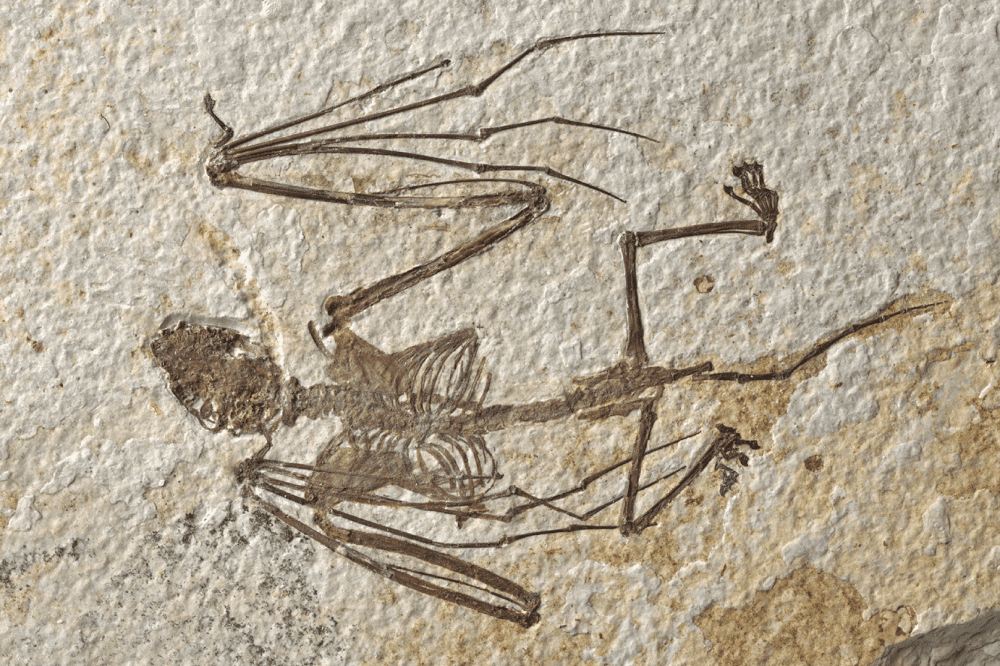The oldest bat skeleton found to date has been retrieved from Wyoming, US, and is a shiny new-to-science species to boot. Chipped away from the early Eocene Lagerstätte of the Green River Formation in the American Fossil Quarry northwest of Kemmerer, it’s believed to date back a staggering 52 million years.
The fossil lake deposits in this part of the globe have turned up around 30 bat fossils in the past half century, but until now they had all belonged to the same two species of bat. That was until two intriguing – if not a little crusty – new specimens came out of nature’s vertebrate flower press and brought a new species of bat from the extinct Icaronycteridae family into the world.
According to the researchers behind the discovery, the two specimens are the oldest bat skeletons recovered to date anywhere in the world. They’re not only special for their extremes of age, but also because finding complete fossil bat skeletons is very rare with most old specimens being known only from teeth.

The new species has been named Icaronycteris gunnelli in honor of Gregg Gunnell, Vertebrate Collections Manager for the University of Michigan Museum of Paleontology who made extensive contributions to the understanding of fossil bats and chiropteran evolution. The evolution of early bats is still an area we know relatively little about, so discovering such remarkable specimens that are as old as I. gunnelli is a great opportunity for furthering our understanding.
Distinctive characteristics of the new species compared to the other bats of the Green River Formation include a comparatively smaller size, the presence of a claw on wing digit I, shorter forearms and broader wings, and different dentition. Gleaning much about its cranial features is unfortunately held back by the fact these animals have been squished into the fossil record, but it appears to share morphological similarities to the bat species Icaronycteris index and Onychonycteris finneyi.
Reconstructions based on the specimens’ data indicate it would’ve weighed around 22 to 29 grams (0.8 to 1 ounces). That’s about the equivalent of an AA battery flying into your face had you been strolling in the flight path of I. gunnelli 52 million years ago.
A humble beginning for the world’s oldest known bat skeleton, and it certainly sounds small when you take into account that around 33 million years later there were 40-gram (1.4-ounce) megabats burrowing into the substrate of New Zealand’s South Island.
Stick to the skies, you crazy winged mammals.
The study is published in PLOS ONE.
Source Link: World's Oldest Bat Skeleton Is A New Species Dating Back 52 Million Years